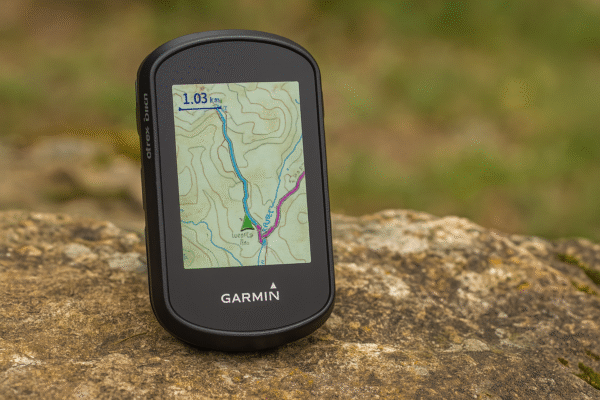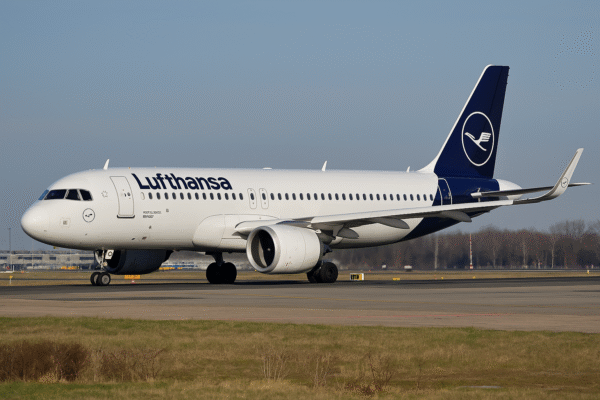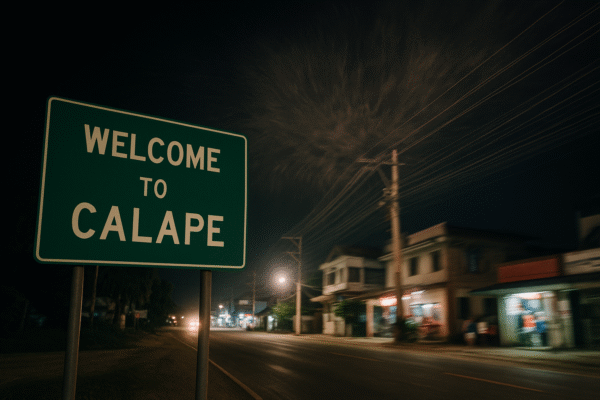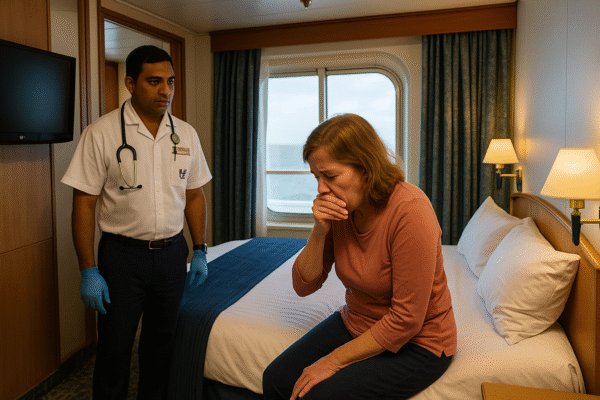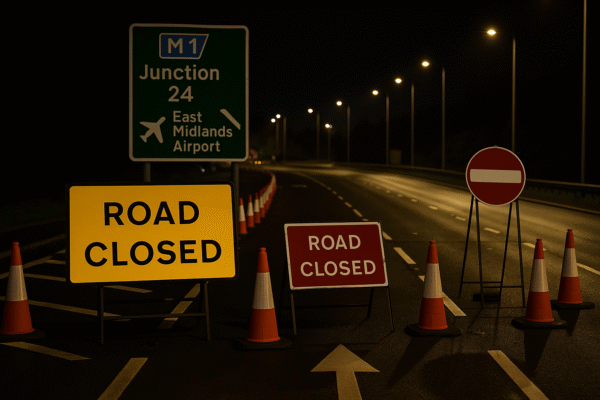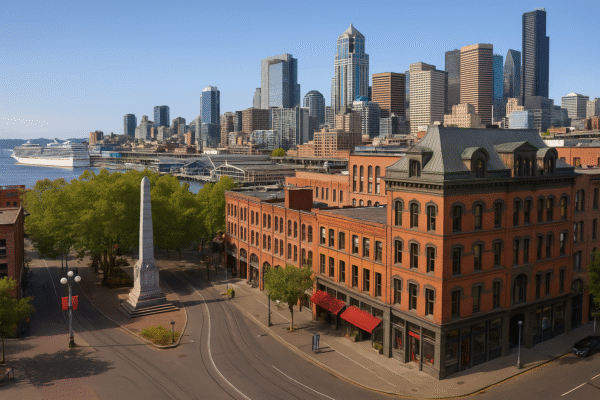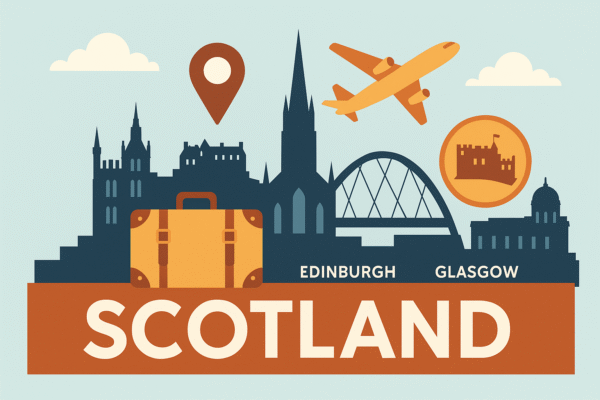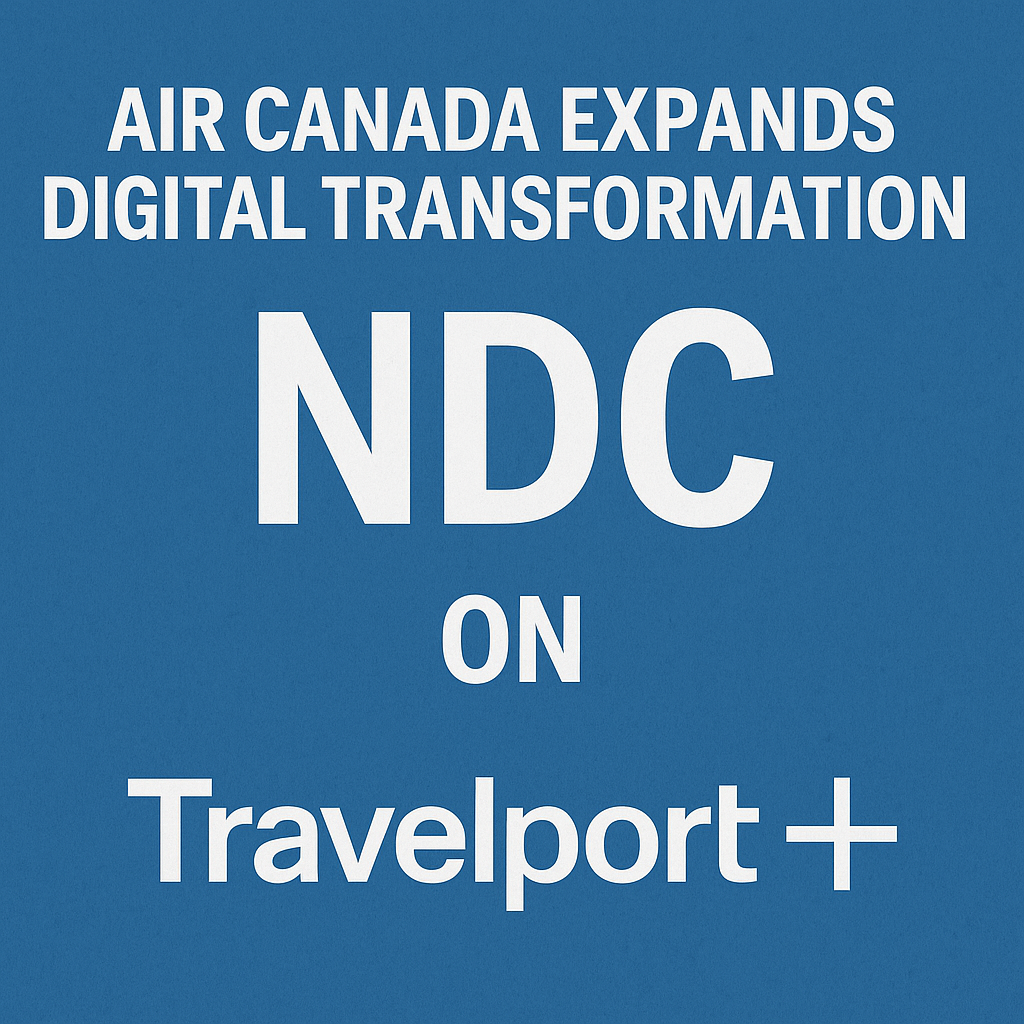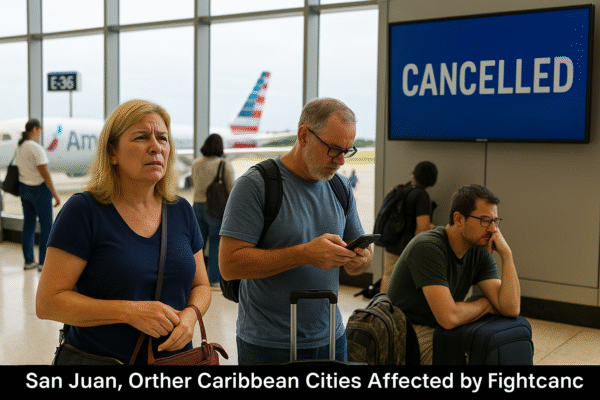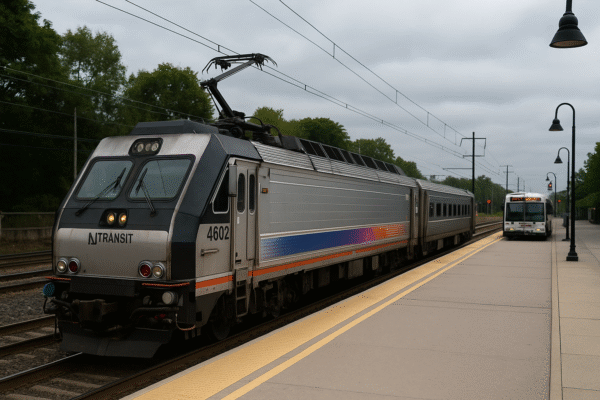Travelers across New Jersey faced major disruption this weekend after NJ Transit suspended services on key lines. A non-passenger work train derailed near Summit Station, forcing authorities to stop trains on the Morris and Essex Line and the Gladstone Branch. The move stranded thousands of commuters and tourists who depend on the rail network daily.
Officials explained the suspension was needed to protect passengers, staff, and the crews working to clear the site. Trains stopped running in both directions, creating uncertainty about when services would return to normal. For tourists, the closure disrupted weekend plans, while commuters scrambled to find alternative travel options.
Scope of the Suspension
NJ Transit confirmed that both the Morris and Essex Line and the entire Gladstone Branch remain out of service. These routes play a critical role in connecting suburban towns to New York City and serve communities across northern New Jersey.
Crews are still working at the derailment site, but officials have not provided a timeline for full restoration. Early indications suggest that the Gladstone Branch could see longer delays, possibly lasting beyond Sunday.
The uncertainty has left passengers frustrated, with many forced to cancel trips or endure extended travel times.
Bus and Light Rail Options
To ease the disruption, NJ Transit has announced that tickets and passes will be honored on bus and light rail services. Some private carriers are also participating in this arrangement. However, officials cautioned that buses and trams can only carry about 20 percent of the regular train ridership.
Passengers have been encouraged to plan ahead and allow extra time for journeys. Those who can work remotely have been asked to do so until the rail lines reopen. NJ Transit is urging all customers to monitor service alerts for real-time updates.
Tourists Feel the Impact
The disruption could not have come at a worse time for many visitors. Autumn weekends in New Jersey often bring tourists seeking seasonal experiences, such as foliage tours and local festivals. The rail shutdown has made access to these attractions difficult, leaving many visitors stranded or forced to adjust plans.
Travelers aiming to reach New York City through the affected lines have also been hit hard. Many faced long waits for buses or crowded platforms at alternative stations. For international tourists unfamiliar with the network, the sudden changes created confusion and stress.
Park and Ride Services
NJ Transit set up Park and Ride services at several regional hubs to handle the increased demand. Parking remains on a first-come, first-served basis, with normal fees still applying. Passengers using these facilities have found spaces limited, forcing some to seek alternatives at nearby stations.
Officials reminded customers that tickets and passes are not accepted by all third-party providers. Travelers need to confirm arrangements before setting off to avoid unexpected costs.
Official Statements and Response
NJ Transit spokespeople confirmed that crews continue to work tirelessly at the derailment site. They stressed that passenger safety remains the top priority. While no firm estimate for restoration exists, officials expressed regret for the inconvenience caused to riders.
The agency has expanded customer support services, with call centers providing round-the-clock assistance. Staff are also stationed at key locations to help guide stranded passengers.
Community leaders expressed frustration but acknowledged that halting service was necessary for safety. They called for stronger contingency planning in future to avoid similar levels of disruption.
Disruption Highlights System Fragility
The derailment highlights the fragility of New Jersey’s transport network. A single incident has created ripple effects across the region, stranding commuters and disrupting tourism. Passengers have voiced concern about the reliability of the rail system and the lack of fast recovery plans.
Local businesses near affected stations also reported a drop in weekend foot traffic, compounding the economic effects of the closure. Restaurants, cafes, and shops that rely on commuter activity faced lower sales.
Long-Term Lessons
Transport experts note that the derailment underscores the need for investment in infrastructure resilience. They argue that better maintenance and modern technology could help prevent similar incidents. Improved coordination between rail, bus, and private carriers would also ease pressure during emergencies.
The state’s tourism sector may also need stronger contingency planning. Seasonal visitors, often unfamiliar with the system, require clearer guidance when sudden changes occur. Improved communication in multiple languages could help international travelers navigate disruptions more easily.
Moving Forward
As crews continue their work, thousands wait for service to resume. For now, passengers must rely on limited bus and light rail alternatives. NJ Transit has urged customers to remain patient, promising updates as soon as progress allows.
For commuters, the disruption means longer travel times and added stress. For tourists, it has meant missed events, canceled outings, and an unwelcome reminder of how fragile travel plans can be.
The derailment near Summit Station will be remembered as another test for New Jersey’s transport system. Whether it prompts lasting improvements remains to be seen.
For more travel news like this, keep reading Global Travel Wire


